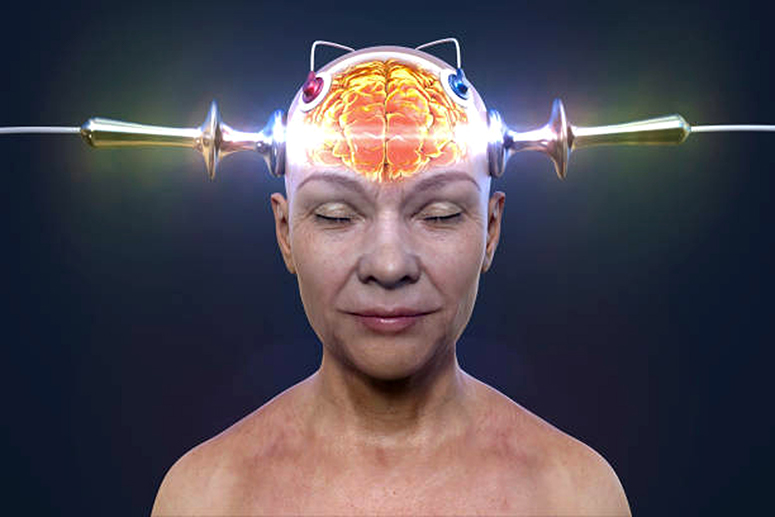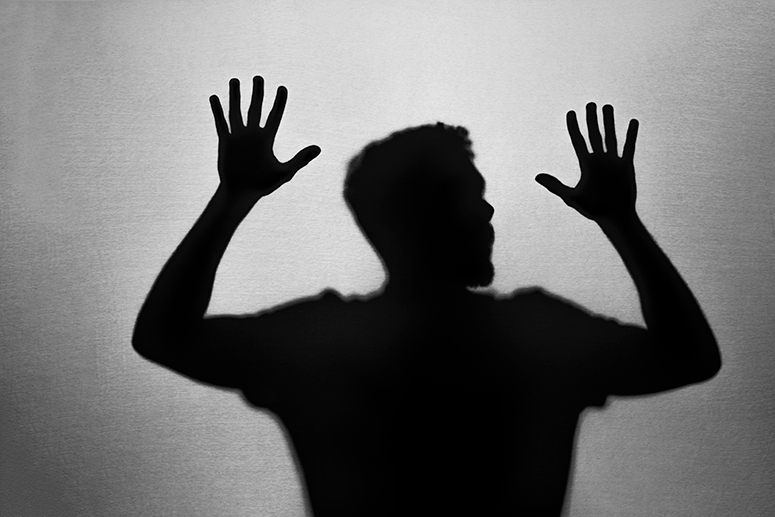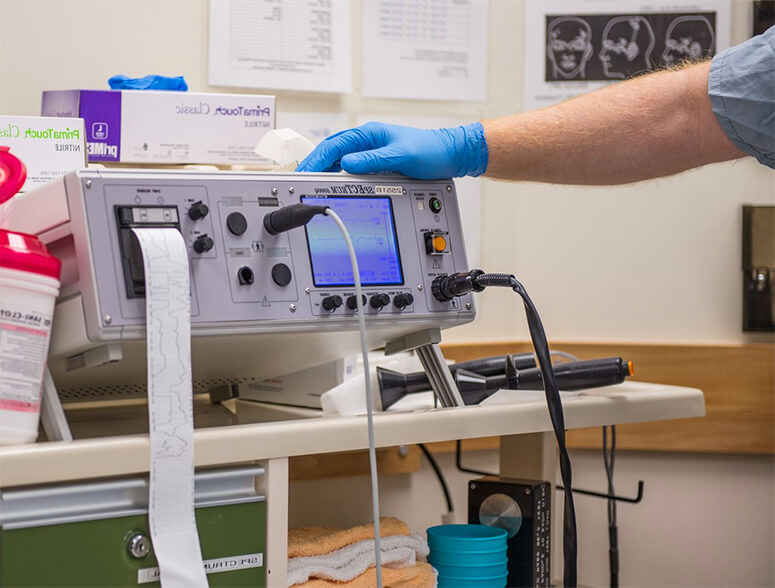The ‘shocking’ truth about Jackie Kennedy
First Lady Jackie Kennedy, at one point of her tumultuous relationship with Jack Kennedy (JFK), had to undergo electro/electric shock therapy (EST). To quote the New York Daily News, June 5, 2014: “One night when JFK returned home from a hotel romp with a mistress, he and Jackie got into an ugly fight that spilled into the street. Following the domestic blowup, Kennedy had his wife committed to the Valley Head Clinic in Carlisle, Massachusetts. Against her will, she endured three brutal electroshock therapy sessions, or EST. In later interviews, she would admit that those ESTs were the nightmare ride of her life. She wanted a way out after those horrible incidents.
“From the beginning, she knew about his other women,” wrote Paul Mathias, a former Paris Match correspondent. “It pained her a great deal.”
These critical, scathing accounts would not have been made public during the height of JFK’s presidency and popularity.
Electric Shock Therapy (EST)
The EST used on Jackie was the common method that most psychiatrists prescribed for their patients in the early 1960s. The treatment was done behind closed doors, loaded with secrecy and unknowable conversations.

I had the rare opportunity to interview a mental patient, Iago, and he used the analogy of an abattoir (slaughterhouse) to describe EST.
“My brother owned and operated an abattoir in Vitas, Tondo,” he began. Pigs are lined up on a moving conveyor platform and electric shock is applied to their heads. The volts of power render the pigs woozy, which makes it easier for the staff to slit the life out of these docile animals. There is no mercy shown to pigs in the abattoir. There is no mercy shown to humans in EST.

The jump
How did Iago get this sick? He led a privileged life, partying, socializing, and competing in car rallies. As a result, his grades plummeted. Upon learning of his poor academic standing, his father confiscated his car and that left Iago feeling unloved and misunderstood. He climbed up to the rooftop of their house and got an insurmountable urge to end it all. A voice nagged him: “Come on, jump!”
Iago jumped. He had little or no qualms about it. There was no moral or amoral guilt, only the impact of the physical fall. “Help me!” he cried. This was perhaps his most vulnerable moment.
The interview
Iago cannot say much about the interview with his doctor, because it was hardly an interview. The doctor examined his eyes perfunctorily, more concerned about getting the show on the road and applying the only antidote he knew.
“Why EST?” asked Iago. The doctor replied, as if extracting his answer from a studied, written script: “To erase the bad memories and all the inadmissible events stored in your memory.”
What if the doctor erased all his memories? “It won’t happen,” assured the doctor. “There will come a time when all these events will present themselves very vividly to you.”

The patient was put into a deep sleep, which enabled the doctor to “interview” him on a subconscious level—the seat of confusion and disturbance.
After an exchange of questions and answers, the doctor snapped Iago back to consciousness. Now the doctor was supposedly better equipped to assess the patient and the status of his mental health.
Another interview was set, this time when the patient was fully awake. The doctor attempted to rebuild his crushed ego and restore his precarious confidence, reassuring the patient of the love of family and kin. He supplemented these sessions with hypnotic therapy and/or auto suggestion.
Fast forward to the 21st century, the Electric Shock Therapy (EST) has been replaced by Electroconvulsive Therapy, (ECT) used for extreme cases of severe depression, mania, and dementia.
Treatment
Category I. If the patient exhibits extreme physical defiance, strong, muscled attendants will forcefully subdue him by laying him down on a stretcher while two more attendants hold down his hands.
A facial cream is applied to the forehead to prevent burns. A circular, elastic band or disc with various holes is placed around the forehead (the holes will make the band fit any size of the head). This band has two protruding electric terminals or clips with small rubber suctions connected to a power source. These terminals were attached near the chest of Iago. They did this presumably to monitor the condition of his heart. Iago was then given an intravenous injection of a very powerful drug that made him lose consciousness and black out. General anesthesia, they say, is applied after the intravenous injection.
Iago at this stage was not aware of what followed next.
One attendant inserted a long wooden “popsicle” stick in between the mouth and the tongue to prevent Iago from biting off his tongue. Electric current passes through the terminals with just a flick of a switch. The surge of energy traveling at 186,000 miles per second jolted Iago. It was so violent that he literally flew off the bed. The electric shock ripped through his chest, even if it was applied for a mere fraction of a second.

The institution requires that immediate member/s of the family are present to sign a waiver. Whatever the end result of the treatment is, the attending doctor, staff, and hospital are not to be held responsible. In short, everybody does a Pontius Pilate, washing their hands of any blame.
The patient wakes up feeling groggy and bone tired. He is hungry and thirsty and made to eat and drink. Iago had not eaten nor drunk anything before the session. If he did, he would have thrown up. He does, however, get a strong urge to empty his bladder after each treatment.
“And that’s how you’re pulled back, Ducky!” exclaimed Iago. It’s a tug-of-war. You’re back on solid ground after crossing one or two steps beyond the thin, dividing line between normalcy and lunacy.
Category II. The initial “fully loaded” EST is subsequently followed through with a medium-load EST. This time, Iago was not given any drugs to knock him out. He was fully aware of his surroundings. The procedure was the same except for the intravenous injection. This medium intensity made Iago tense up. He was terrified and scared, not knowing for certain whether when he woke up, he would be back in this world or be transported to another. Iago then felt so helpless that tears streamed down his face. He kept faith and put his trust in his physician, the “restorer” of his sanity. He wanted so badly to get well that he’d accept any treatment. No matter what it took and for the sake of his loved ones, he had to try and try again.
Category III is the least intense. It’s called “Sedac,” probably to denote sedation. It is a “brainwave” treatment. Iago is not made to fast. Electric current is once again applied for 15 to 20 minutes but to a degree that’s considered bearable. There are no brutal jolts. The electrical impulses are mild and soothing. It feels like an internal massage siphoning out the negative ions or electrical toxins in the body. After the “seduction,” a lighter, unpolluted, cleaner and pleasant feeling comes over the body, almost like a restorative, therapeutic healing.

Iago felt brand-new.
Post-EST treatment
Tranquilizers like Thorazene, Benadryl and Artane are prescribed in various dosages determined by the physician. This is a follow-through to the EST. It is a preventive measure to avoid a relapse.
Members of the family (wife, children, siblings, parents) wait until Iago regains consciousness. Feeling awkward, inadequate and helpless, they try whatever means possible to make themselves useful. They fan Iago for ventilation, they massage his head, his arms, they fuss over the pillow, the blanket, the light, the window, blocking any disturbing noise in the recovery room. They jostle to feed Iago. They cannot seem to do enough for him.
Homecoming jitters
If and when the patient recovers, he finds it difficult to face family, relatives and the public.
He may feel embarrassed and, in an effort to make him feel at home, relatives offer words of comfort and give reasons to justify this latest attack or relapse.
Not wanting to isolate Iago, they try to keep him busy by indulging him, mostly with food. Food is also a substitute for feelings of ineptitude: what to say, do, how to behave, how to screen topics—what is safe to talk about? Would this be Iago’s last treatment? Would he ever get well at all?
Handling and coping
Iago cannot “sanitize” himself. Sooner or later, acquaintances and relatives (whether curious, over-anxious or simply tactless) will bring up the subject of his treatment or confinement. Iago relates how one relative called him “Superman” for having jumped from a high building and surviving the fall. Iago doesn’t feel hurt. A bit embarrassed, but not hurt. The mere fact that he can now accept the folly of his actions and even laugh at himself is a promising sign that he’s getting better.

No situation is doomed. Nothing is wasted. If you analyze the experience, painful as it was, there were some lessons learned. Iago pushed through the darkness, the hell, and came back still standing. “I soon realized that if I wanted to get well, it is me alone who can cure myself.”
Iago now volunteers at a halfway house in Quezon City. He takes charge of facilitating patients to participate in group therapy.
I asked him, “Iago, how are you feeling?”
“Groovy,” he laughed. “I’m feeling high and connected to the world.”
Fast forward to the 21st century: the EST practice has been replaced by ECT-Electro Convulsive Therapy. It is used for extreme cases of severe depression, mania, agitation and in patients suffering from dementia and other catatonic conditions. They claim ECT is much safer than EST.
Doctors have also prescribed “wonder” drugs—strong chemicals to interact with the neurons, offering an equivalent tranquil effect. Some patients, desperate to sleep, have been prescribed Propofol—the “milk of anesthesia” that proved addictive and fatal to pop singer Michael Jackson.
Also prescribed: lithium carbonate, Thorazine, Imipramine, Valium, Prozac, and a variety of opioids.


